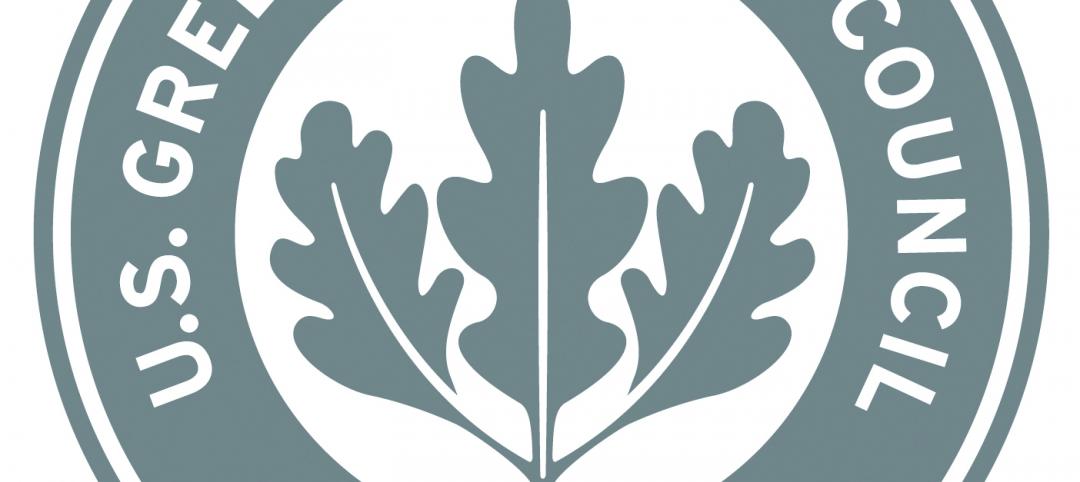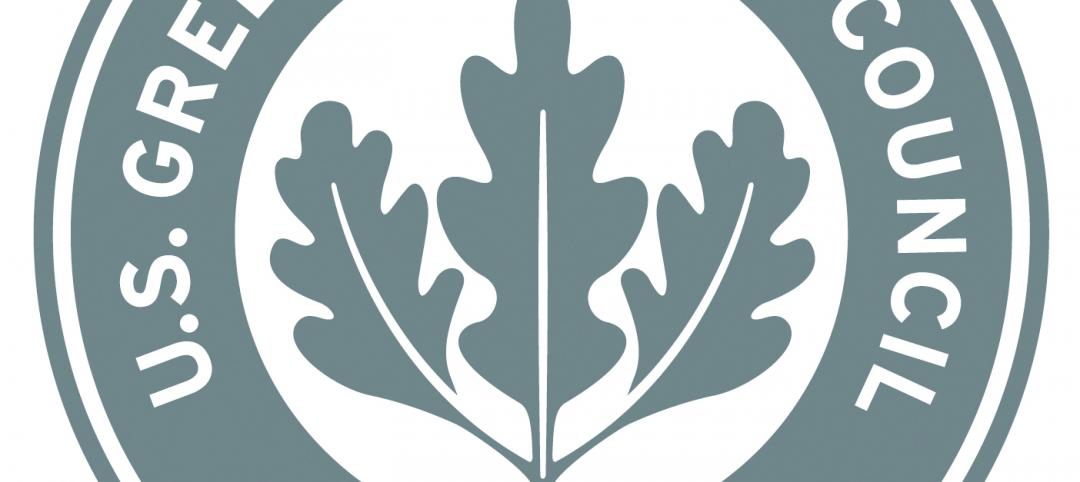When it comes to housing, New York is a literally a tale of two cities.
About half of the luxury-condo units that have come onto the market in the past five years are still unsold. Meanwhile, 80,000 people sleep in New York City’s shelters or in makeshift shelters on the streets. Many of the sleek glass and steel condo high rises were intended for foreign buyers, but the Chinese economy slowed, and declining oil prices reduced demand from the wealthy Russian and Middle Eastern markets. As a result, many multi-million dollar units are empty.
Affordable housing was central to Mayor Bill De Blasio’s administration, but progress has stalled. The reasons: onerous zoning regulations, limited federal subsidies, construction delays, and blocked pro-tenant bills. Over the past 10 years, New York City real-estate prices have skyrocketed. From 2010 to 2019, for example, the average sale price of homes doubled in many Brooklyn neighborhoods.
The New York City area is losing about 300 residents every day, with a lack of housing a major factor. New York isn’t alone among big cities with an affordable housing crisis. Across the country, the supply of housing hasn’t kept up with population growth. Single-family-home sales are stuck at 1996 levels, even though the United States has added 60 million people since the mid-’90s.
Related Stories
| Mar 8, 2012
Federal silica dust rule caught in bureaucratic limbo
A federal rule meant to protect the lungs of workers has been caught in bureaucratic purgatory for more than a year.
| Mar 8, 2012
New LEED-EBOM rating has requirements for specific project types
Several key changes are proposed for the LEED-EBOM Rating System in 2012.
| Mar 8, 2012
Green buildings more resilient than conventionally built structures
A new study by the U.S. Green Building Council (USGBC) and the University of Michigan’s Taubman College of Architecture and Urban Planning suggests that structures built to green standards can advance building resiliency.
| Mar 1, 2012
LEED Platinum standard likely to mean net-zero energy by 2018
As LEED standards continue to rise, the top level, LEED Platinum, will likely mean net-zero energy construction by 2018.
| Mar 1, 2012
EPA beefs up stormwater discharge rule from construction projects
The U.S. Environmental Protection Agency (EPA) has now finalized its 2012 construction general permit (CGP) that authorizes stormwater discharges from construction projects that disturb one or more acres of land in the areas where EPA is the permitting authority.
| Mar 1, 2012
Regulators investigate structural failures during construction of two Ohio casinos
Regulators with the Occupational Safety & Health Administration and the city of Cincinnati are investigatingthe collapse of the second floor of Cincinnati's Horseshoe Casino as workers were pouring concrete.
| Mar 1, 2012
Is your project too small for LEED? Consider other green standards
There are many other recognized national, state and local programs that offer a variety of best management practices and sustainable design, construction and operating strategies.
| Mar 1, 2012
California bill aims to cut costs for commercial building energy retrofits
A bill in the California Assembly would allow the state to pool together property owners’ energy-retrofit loans.
| Feb 29, 2012
Carvalho appointed Shawmut Safety Director
He has been a driving force behind multiple safety-orientated initiatives at Shawmut, including Safety Week, the creation of an online safety manual, and the implementation of a new safety reporting and tracking system.
















